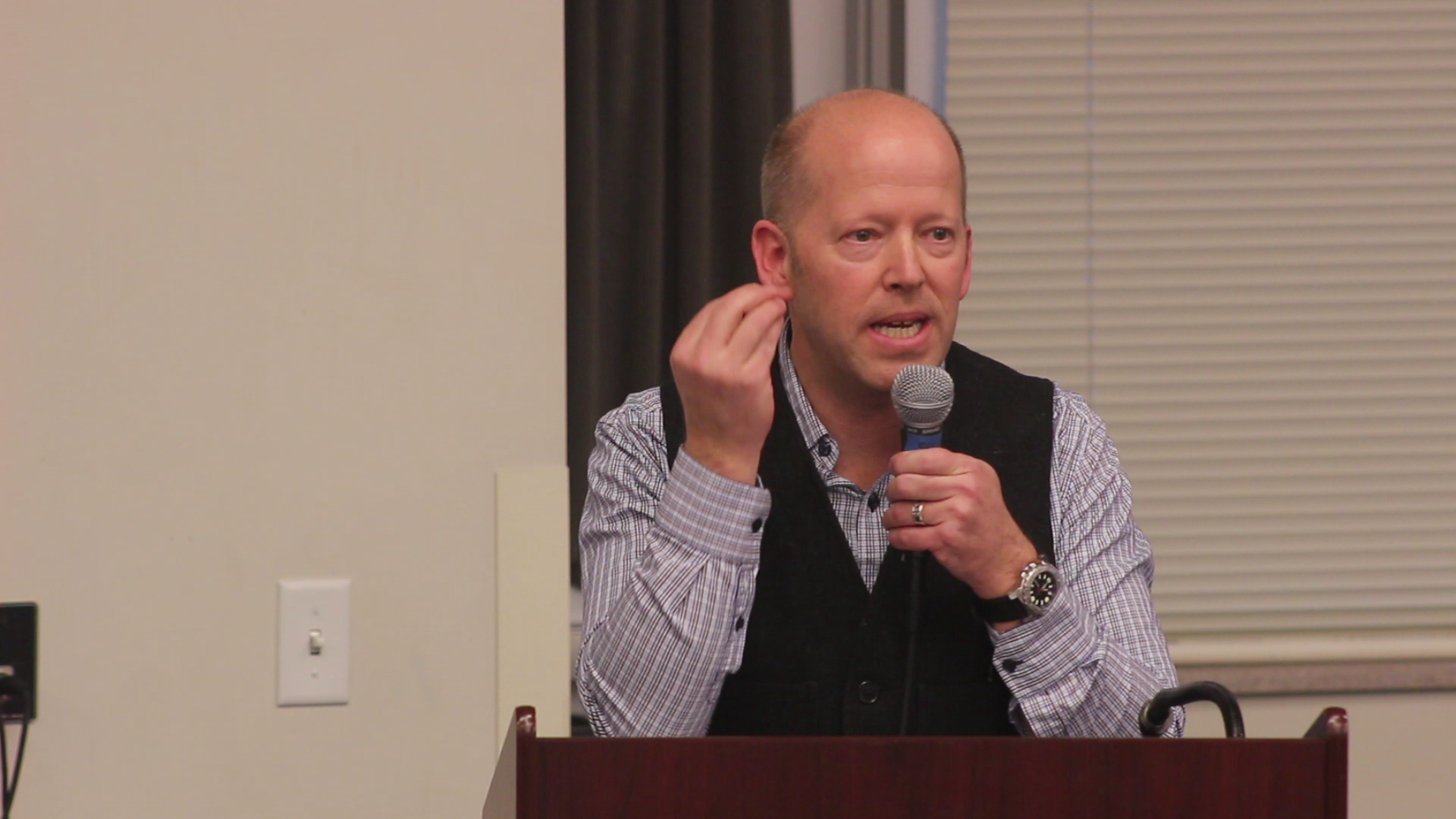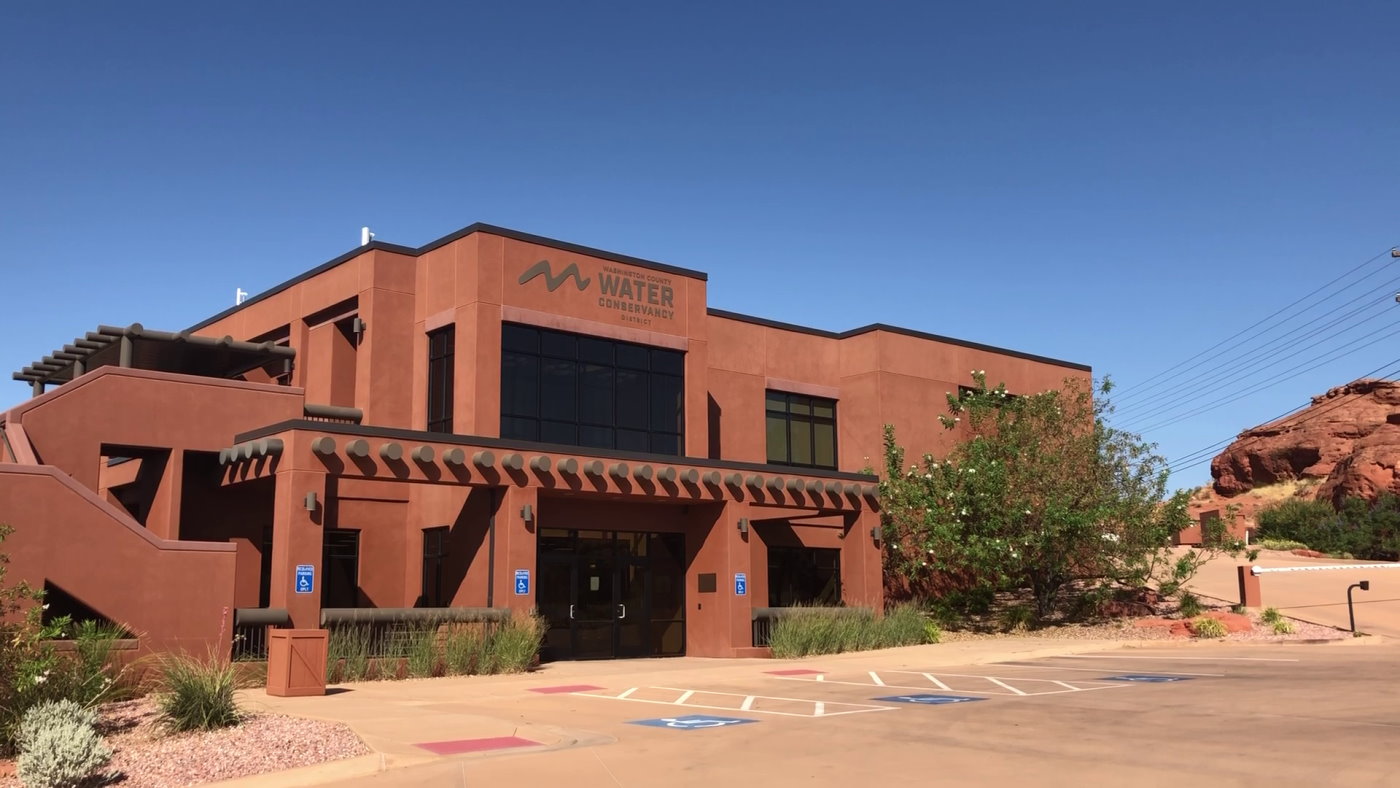ST. GEORGE — The Washington County Water Conservancy District can generate sufficient revenue to repay the cost of the Lake Powell Pipeline Project over the coming decades through a series of rate and fee increases, according to a state audit released earlier this week.

However, the audit, released by the Office of the Legislative Auditor General, also notes that much of the water district’s repayment model for the 140-mile pipeline – estimated to run between $1.2 and $1.8 billion – is largely predicated on continuing future growth. It also points out other concerns, such as the impact of possible future recessions and a reduction in water use due to increased water rates.
“It’s nice to have an independent party look at what we’re doing and confirm that the finance plan we have will produce enough revenue to pay for this project,” Ron Thompson, the water district general manager, told St. George News Friday.
However, in response to some of the concerns raised in the audit released Wednesday, Thompson said, “We can’t have a ‘the sky is falling’ attitude in the water community or we’ll completely jeopardize the economy of this county.”
Being in the middle of a desert, Thompson has previously and repeatedly stated water use is one of the foundations of Washington County’s economy and its ability to grow, which underlines the need for the pipeline.
The water district plans to repay the state for the pipeline through increases in impact fees, water rates and property taxes over the coming years and decades.
“The finance model is designed to let growth pay for a significant portion of the project,” Thompson said.

Impact fees are slated to cover 70% of project costs.
As a part of the plan to have impact fees cover the costs, the water district is adding $1,000 annually to its impact fees through 2026. The water district’s impact fees for new construction were set at $7,417 in 2017 and will ultimately rise to $15,448.
Washington County’s impact fees are already among the highest in the state, according to the audit.
Reliance on impact fees is contingent on continuing growth as well, which the audit said, along with other factors, the water district has no control over. If there is a population slowdown, that could also impact the water district’s ability to repay the state.
However, Karry Rathje, public information manager for the water district, said there isn’t so much a worry about the county’s rise in population slowing down as much as it outpacing state projections, which it has on a routine basis.
“While that is a potential risk, we consider the greater and more likely risk to be growing faster than projected – as we have done for the past 50 years – and having an inadequate water supply to support our population and economy,” Thompson wrote in the water district’s official response to the audit. “Growing at a faster rate would increase planned revenue, which is not stated in the audit.”
Wholesale water rates, which the water district has been adding ten cents to annually since 2016 per 1,000 gallons, will eventually rise to $3.84 per 1,000 gallons by 2045. From the original wholesale cost of $0.80 in 2016, the eventual cost will hike water rates an estimated 357%.

Though the audit states Washington County currently has low water rates when compared to other cities in other states, it also states increasing water rates will likely cause consumers to use less, which can impact the amount of revenue the water district anticipates collecting from this source.
“Washington County residents are going to be screaming about these tragic 357% water rate increases for the next 10 years” Zach Frankel, executive director of the Utah Rivers Council, said in a press release highlighting issues raised in the audit.
According the Utah River’s Council, raising water rates 357% means water use will drop down to levels seen in Tucson and Phoenix, which the group claims will result in Lake Powell Pipeline water going unused.
The Utah Rivers Council has long been opposed to the Lake Powell Pipeline project, often saying it is unnecessary and will economically crush the residents of Washington County.
It addition to the rate and fee hikes over time, the water district plans to create a monthly surcharge on each water connection to offset potential revenue deficiencies from other funding sources.
As for recession concerns, Thompson said there’s an option from the state via the 2006 Lake Powell Pipeline Development Act that allows the water district to buy water in blocks rather than straight along in a pay-as-you-go payback model.
This option is part of the way the water district anticipates paying the state back, allowing the district to repay for water gradually as it’s demanded rather than through a straight-line, or equal payments made over 50 years.

Thompson also expressed little worry about potential recessions. It would make some things harder to pay for, but the county and water district weathered the Great Recession well enough and will do so again, he said.
“We came out of that recession fairly quickly here, and we’ve been outpacing the county in terms of economic production,” Thompson said. “I don’t think you can overlook that. We’ve had downturns before, and we’ve had adequate resources to pay for what we needed.”
The audit did report that, depending on the financing terms and growth, the first 10-15 years present the most challenge for repayment.
“That’s normal,” Utah Senate President J. Stuart Adams said in a statement. “Infrastructure projects are sized to accommodate current and future residents, which is why the state’s repayment terms are structured to increase as the community grows.”
The Utah Rivers Council noted that the audit estimated the water district’s ability to repay the state $1.4 billion.
The group claims the true cost of the pipeline will be over $3 billion. They base that cost on a comparison between the Lake Powell Pipeline project’s engineering features to the Southern Delivery System, a similar project built by Colorado Springs.

“The Lake Powell Pipeline is substantially larger and would require more pumping facilities and infrastructure than the Southern Delivery System,” a press release from the Utah Rivers Council states.
The analysis was adjusted for inflation and new tariffs on construction materials that will add approximately 6.6% to construction costs, according the Utah Rivers Council, which further stated the numbers it used were crosschecked with cost estimates from another analysis published by the Utah Division of Water Resources.
“This $3.2 billion price tag is a bombshell that kills any claim this project can be repaid by local residents,” Frankel said in the press release.
Recommendations made in the audit include the preparation of a repayment plan for the pipeline project once the financing terms and costs are finalized; clarifying the terms for repayment and any expectation of a down payment; determining how repayment costs can be divided among and within repayment contracts; identifying the final repayment time-frame for outstanding reimbursable project costs; and considering multiple funding sources.
Thompson wrote in the water district’s response that it agreed with the recommendations.
However, he argued that the state bond cost associated with the pipeline not be added to the overall repayment requirement, as the state has traditionally not imposed those costs on other water infrastructure projects.
“The state has a tradition of offering loans at a subsidized or low-interest rate,” Thompson wrote. “Given these well-established traditions, it’s unclear why the LPP would be subject to different conditions that would complicate funding for a project that would benefit the state.”

The 140-mile, 70-inch diameter Lake Powell Pipeline will run from Lake Powell to the Sand Hollow Reservoir with a projected route that will snake across the Utah and Arizona border over public and private land, carrying around 77 million gallons a day to 13 communities in Kane and Washington counties.
Local water and elected officials have repeatedly stated the needs for a pipeline due to continuing growth, as well as the economic benefit it is expected to generate in the long run.
“The economic impacts of southern Utah’s growth are significant for the region; they also provide for significant increases in revenue from the rates, fees and taxes used to pay for water infrastructure,” Jeremy Aquero, principal analyst for Applied Analysis, said in a press release from the water district.
According to a report by Applied Analysis that analyzed the economic and fiscal benefits to the state that would result from the Lake Powell Pipeline, it is estimated it will create more than $20 billion in sales and income tax revenue, $9 billion in gross domestic product and more than 100,000 employment opportunities.
“Having a safe, reliable water supply allows a community to prosper, while any real or perceived water shortage would likely stifle a community’s economy,” Aguero said.
Still, opponents aren’t convinced of the touted need for the pipeline. They argue that Washington County has enough water and should focus on conservation; the Colorado River isn’t a reliable water resource long term and is already overtaxed; and the cost of the pipeline project is astronomical, which could cripple the local economy with high impacts fees, property taxes and water rates.
Copyright St. George News, SaintGeorgeUtah.com LLC, 2019, all rights reserved.